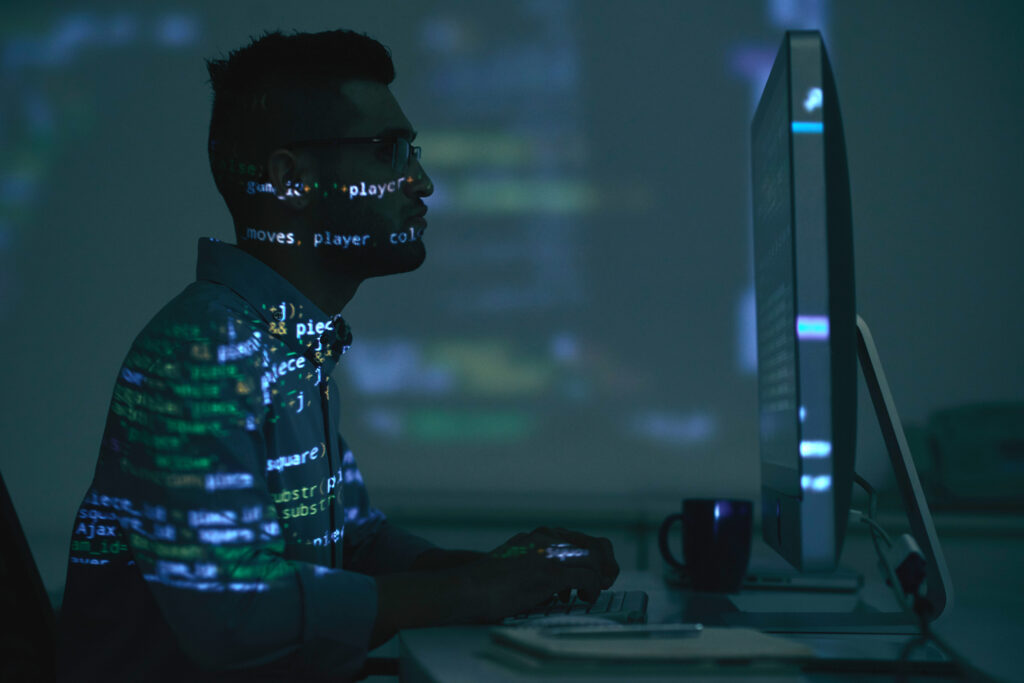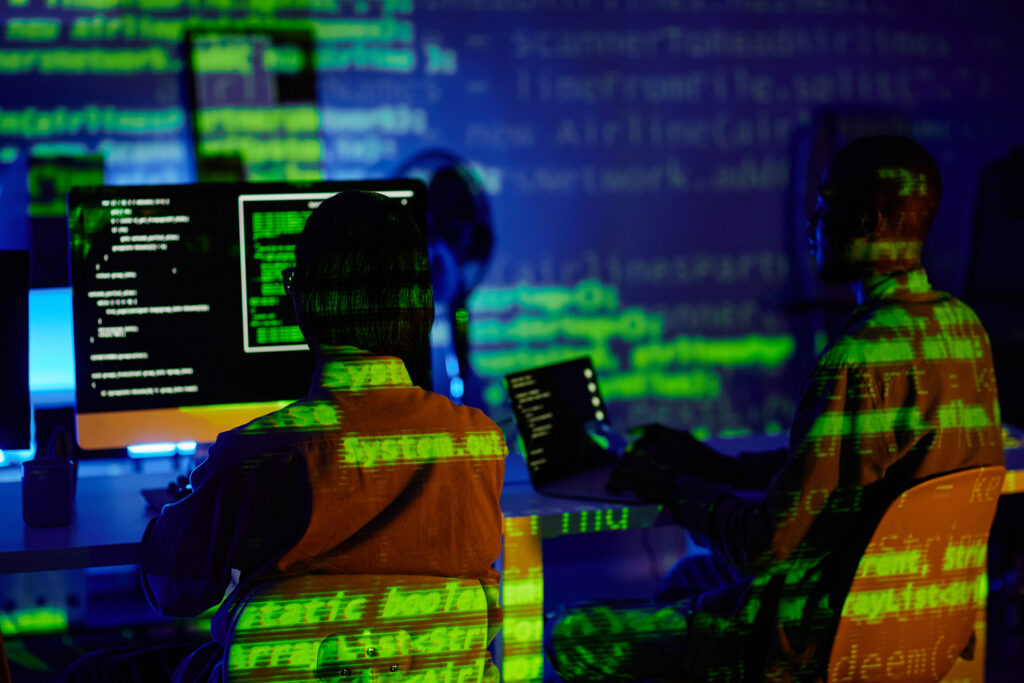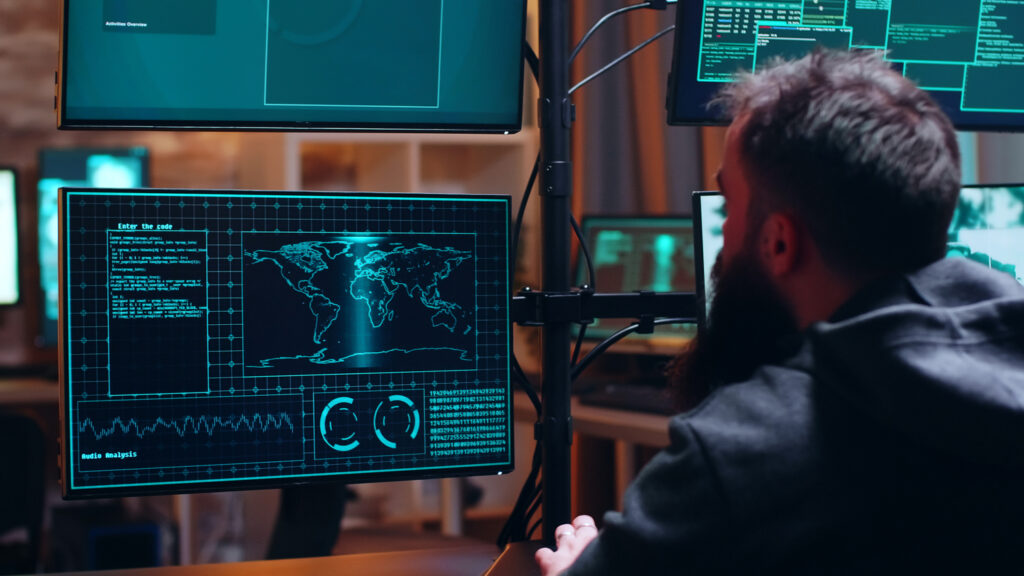In today’s digital age, phishing attacks have become increasingly sophisticated, posing a significant threat to organizations of all sizes. Phishing scenarios often involve deceiving employees into clicking malicious links or sharing sensitive information. By creating hyper-realistic training simulations, companies can expose their teams to potential phishing tactics. This teaches employees to recognize and respond to these threats before they can cause harm.

The Importance of Regular Training
Regular training keeps employees vigilant about spotting phishing attempts. Organizations must provide ongoing, layered training sessions that are imbued with the latest phishing techniques. These exercises should be challenging and varied, ensuring that staff members remain sharp and prepared. Consistently updating training methods can prevent the complacency that often accompanies repeated, outdated drills.
“Creating realistic phishing scenarios and incorporating them into regular training can significantly elevate an organization's defense against phishing attacks. By leveraging technology and nurturing a security-first culture, companies can ensure their teams are always prepared for the evolving landscape of cyber threats.”
Utilizing advanced technological tools as part of a phishing prevention strategy can significantly bolster an organization’s defenses. AI-powered software can simulate realistic phishing emails and assess employee responses in real-time. This not only helps in identifying weak points within the team’s preparedness but also provides data-driven insights to improve training efficacy. These technologies can adapt and evolve alongside emerging phishing tactics, ensuring continuous improvement in resilience.
Beyond simulations and technology, fostering a culture that prioritizes cybersecurity is crucial. Employees should be encouraged to report suspicious emails without fear of repercussions, and security should be viewed as a collective responsibility rather than just an IT concern. Leadership plays a key role in this cultural shift by modeling best practices and emphasizing the importance of vigilance. Educating employees about the personal and professional consequences of phishing enhances their commitment to maintaining a secure digital environment.



